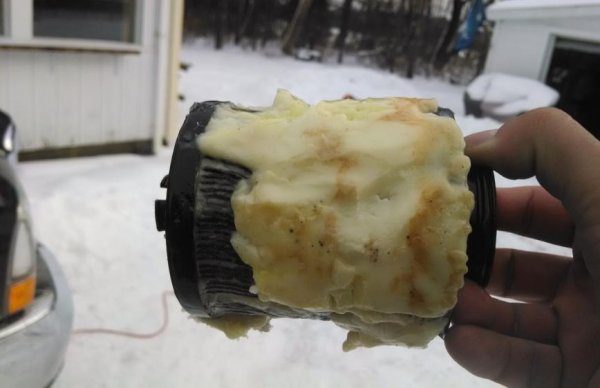
10 most important things when preparing your car for winter
Content
Every driver knows that preparing the car for winter is a must. But from the point of view of the family budget, autumn is a difficult period: there is still a deep hole from the August holidays, not to mention the start of the school year, the need for winter clothes and shoes ... As a result, many people are forced to make compromises, and most often they come at the expense of car. Postpone tire changes or choose a cheaper option; risk driving with an old battery; to refill antifreeze instead of replacing it completely. The bad news is that these savings always come from us: the maintenance saved can lead to serious and costly repairs. Not to mention the risk to our road safety that cannot even be valued in money.
Of course, there is the possibility of buying in installments, but most people are skeptical. Firstly, not all products have such well-developed schemes, and secondly, you have to conclude several different contracts - for tires, for a battery, etc. - and for everyone to go through annoying approvals, and then every month you have to take care of several due contributions ...
Modern batteries can withstand the cold
You may remember how your father or grandfather used to wear a battery in the evenings to keep it warm. Most people believe that this practice originated from primitive technologies in the past. But the truth is that modern batteries, although advertised as "maintenance-free," use the same technologies and basic principles as in old Muscovites and Lada. This means that the cold affects them noticeably badly.
Low temperatures slow down chemical processes: at 10 degrees below zero, the battery has 65% capacity, and at -20 degrees - only 50%.
In cold weather, starting currents are much higher because the oil has thickened and the starter is operated at higher loads. In addition, in the cold, most often all energy consumers in the car are activated at the same time: heating, fans, wipers, a stove, if any ... If you drive a sufficiently long distance and without frequent stops, the generator compensates for all this. But regular 20-minute city stretches aren't enough. Not to mention, cold congestion is usually more severe.
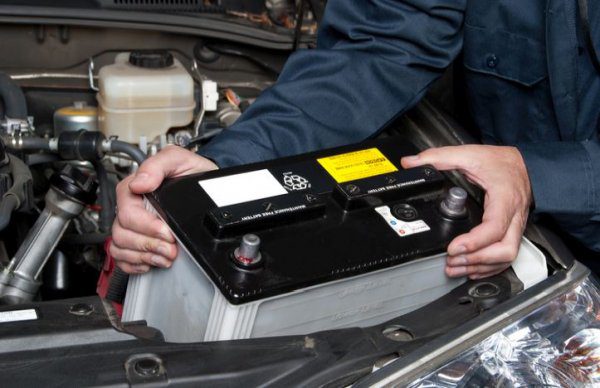
When to replace the battery
This explains why the battery is the most common cause of your car breaking down in the winter. Most batteries "live" 4-5 years. Some of the more expensive ones made with TPPL technology can last up to 10. But if there are leaks or the battery is weaker than the car needs, the life can be as little as a year.
If you think your battery is nearing the end of its life, it's best to replace it before the first frost. And beware - there are many surprisingly good offers on the market, ostensibly with excellent characteristics. Usually a very low price means that the manufacturer has saved on lead plates. The capacity of such a battery is actually much lower than promised, and the current density, on the contrary, is higher than indicated. Such a battery will not last long in cold weather.
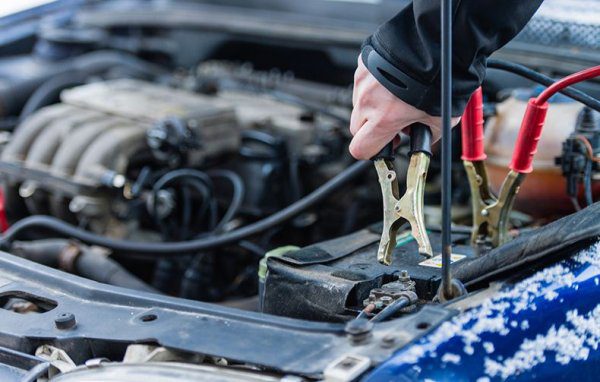
Do you need winter tires
In the coming weeks, many funny TV reporters will "remind" you that winter tires are compulsory from November 15th. It is not true. The law requires only your tires to have a minimum tread depth of 4mm. Nothing obliges you to buy special winter tires with a different design, tread pattern and softer compound. Nothing but common sense.
Popular "all-season" tires are harder and have a simpler pattern (pictured left). They will do a great job if you drive mostly in the city. However, if you want to drive in snow, a winter tire gives an average of 20% more grip than an all-season tire, and 20% is the difference between turning or stopping on time or hitting the curb.
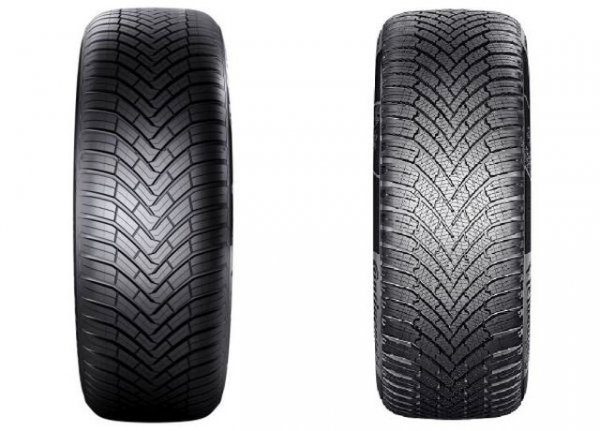
How to choose tires
Winter or all-season, depending on your specific needs and habits. What you will definitely need are unworn tires. The tread depth determines how well the tire removes water and snow and therefore its contact surface. An experiment by a leading German manufacturer showed that at 80 km / h the wet braking distance of a tire with a 3 mm tread was 9,5 meters longer than that of a new tire. The braking distance of a 1,6 mm tire is almost 20 meters longer.
When choosing new tires, beware of very good deals on Chinese or unidentified products. Also pay attention to tires that have been stored for too long. On the side of each tire you will find the so-called DOT code - three groups of 4 letters or numbers. The first two refer to the factory and tire type. The third indicates the date of manufacture - first the week and then the year. In this case, 3417 means the 34th week of 2017, that is, from August 21 to 27.
Tires are not milk or bananas and they don't spoil quickly, especially when stored in a dry and dark place. However, after the fifth year, they begin to lose their qualities.
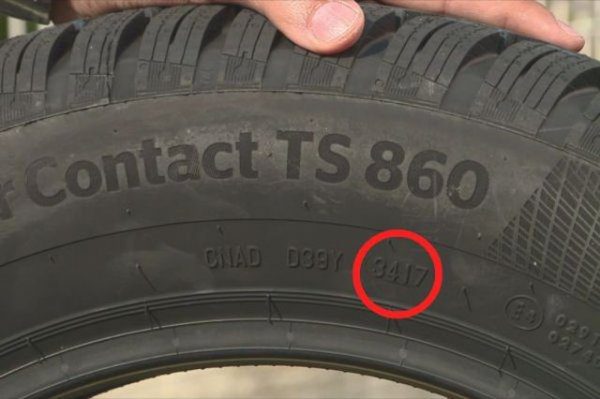
Antifreeze can be added
Almost every driver does not forget to look at the coolant level before the cold and top up if necessary. And three out of four make a serious mistake because there was only one type of antifreeze on the market at the time. However, there are at least three radically different types of chemicals sold today that are incompatible with each other. If you need to top up, you need to know exactly what has already been poured into the radiator (the color does not indicate the composition). In addition, the chemicals in the coolant degrade over time, so every few years it needs to be completely replaced rather than just topped up.
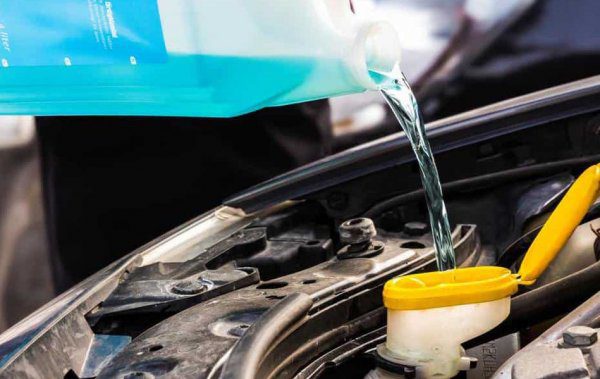
How strong is antifreeze
All antifreezes are practically aqueous solutions of ethylene glycol or propylene glycol. The difference lies in the addition of "corrosion inhibitors" - substances that protect the radiator from rust. Older vehicles (over 10-15 years old) use IAT type antifreeze with inorganic acids as inhibitors. This type is replaced every two years. The newer ones are adapted to the OAT type, which uses azoles (complex molecules containing nitrogen atoms) and organic acids instead of inorganic acids. These fluids last longer - up to 5 years. There are also NOAT-type hybrid fluids, a mixture of the first two, which typically have a service life of 2-3 years.
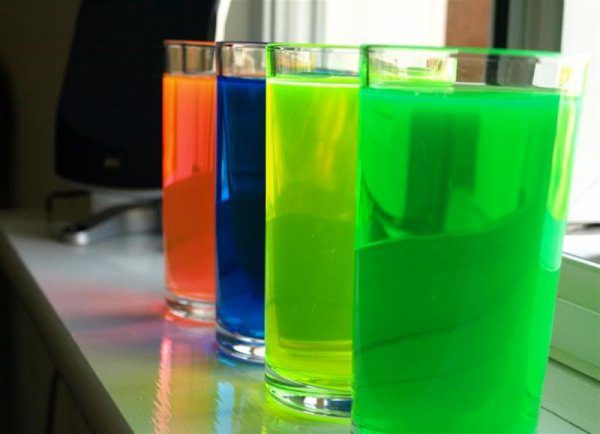
Wiper
Some drivers proudly note that their modern cars have heated tanks and pipes on the wiper system, and they can even fill with plain water. This is not entirely true, because even if the water does not freeze in the pipes and nozzles, it will turn into ice the moment it touches the cooled windshield.
Winter windshield wiper fluid is a must, but there is one thing to keep in mind. Almost all of the options available on the market consist of diluted isopropyl alcohol, coloring and flavoring (because isopropyl smells awful).
They do well in moderate frosts. They will not freeze even at very low temperatures. For such conditions in the Nordic countries they use methanol - or just diluted vodka, no matter how blasphemous.
It's a good idea to change the wipers themselves, and then take care of them by clearing the glass of leaves and other debris damaging their feathers before leaving.
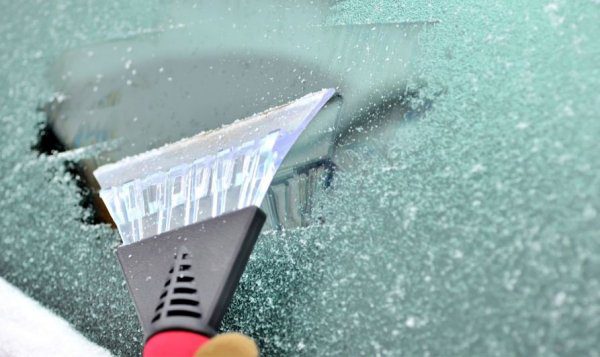
Seal lubrication
One annoying aspect of a car winter is the chance that the rubber seals on the doors and windows will freeze, so you won't be able to get in your car or get a ticket for parking in the mall.
Preventing this trouble is quite easy: shortly before the season, lubricate the seals with a silicone-based lubricant, which is sold in car dealerships and gas stations. In extreme cases, even pre-soaked shoe polish will do - the chemical composition of the lubricant is similar.
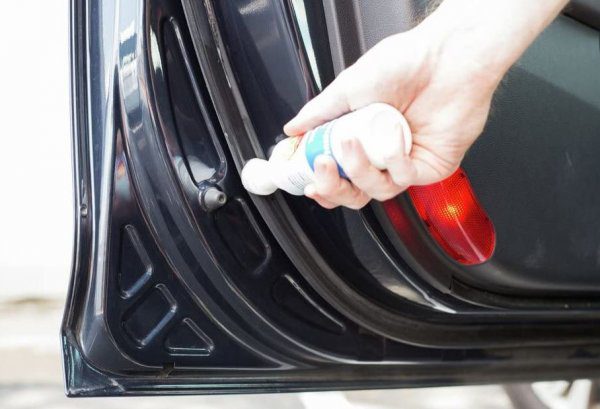
Paint protection
Winter is a test for car paintwork: sand, pebbles, lye and pieces of ice scatter everywhere on the roads. And every time you clear snow and ice, you yourself cause minor damage to the paint. Experts unanimously recommend the use of protective equipment. There are many different types on the market. Starting with regular wax lubricants, which you can apply yourself, but which last for a relatively short time, up to one or two car washes. And finish with "ceramic" protective coatings based on silicone, which last up to 4-5 months, but which must be applied by a specialist in the workshop.
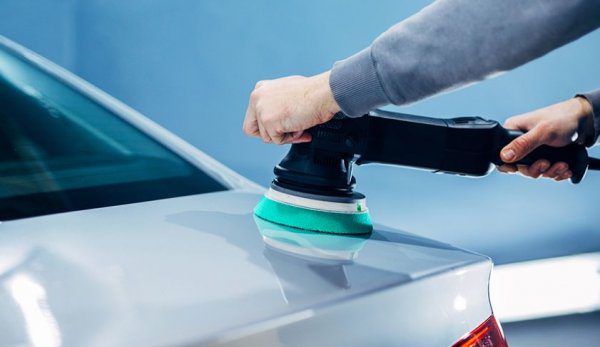
Diesel additive
Diesel car owners are painfully aware that this type of fuel tends to gel at low temperatures. It is recommended to refuel in the winter at gas stations with a good reputation, offering "winter oil" - with special additives against thickening. But even this is not always a guarantee.
Manufacturers of automotive additives also offer "solutions" - the so-called "antigels". In fact, they make a lot more sense than most other types of supplements. But keep in mind that they act only as a preventive measure. If the diesel in the fuel line has already gelled, they won't defrost it. And overuse can damage the system.
